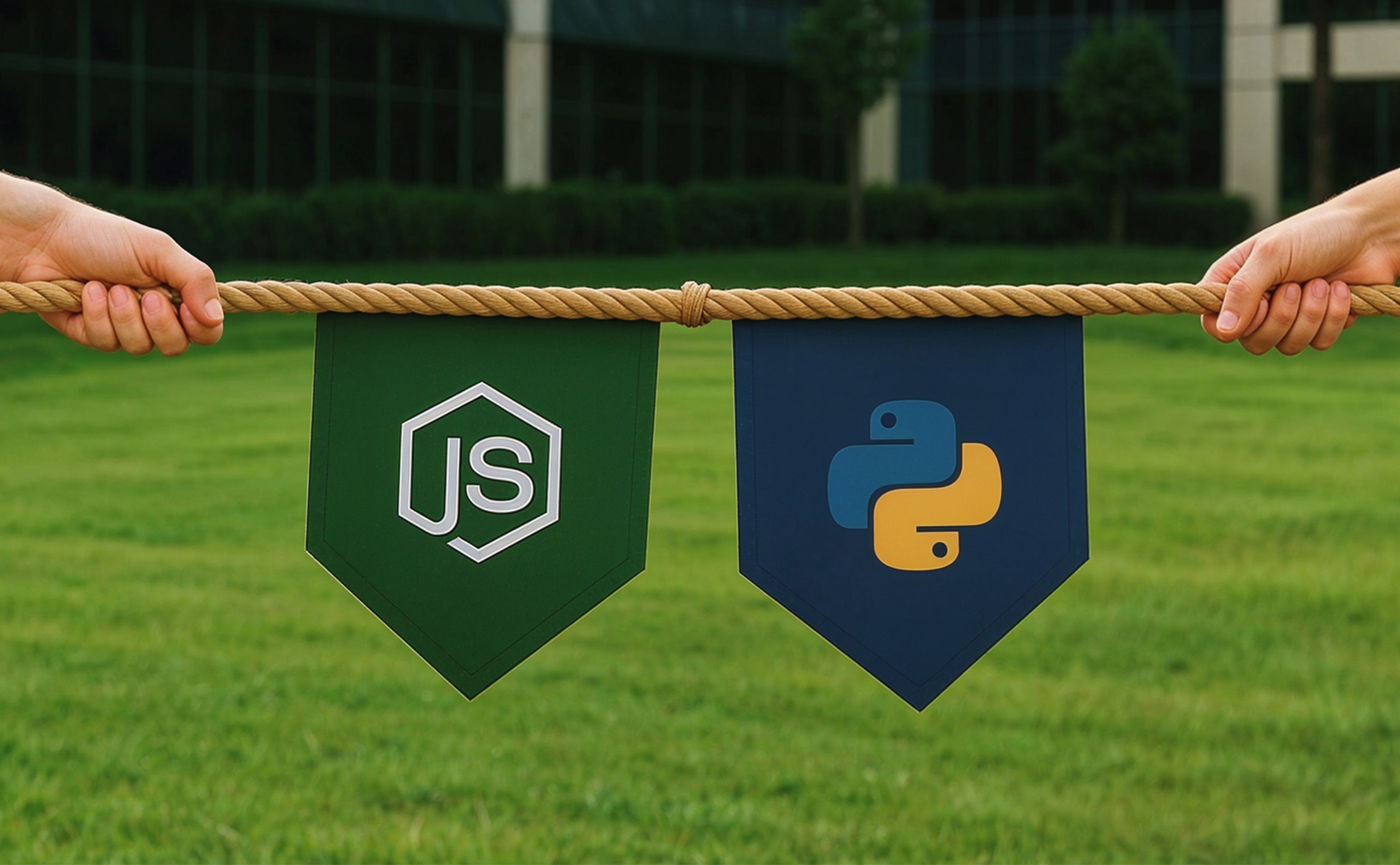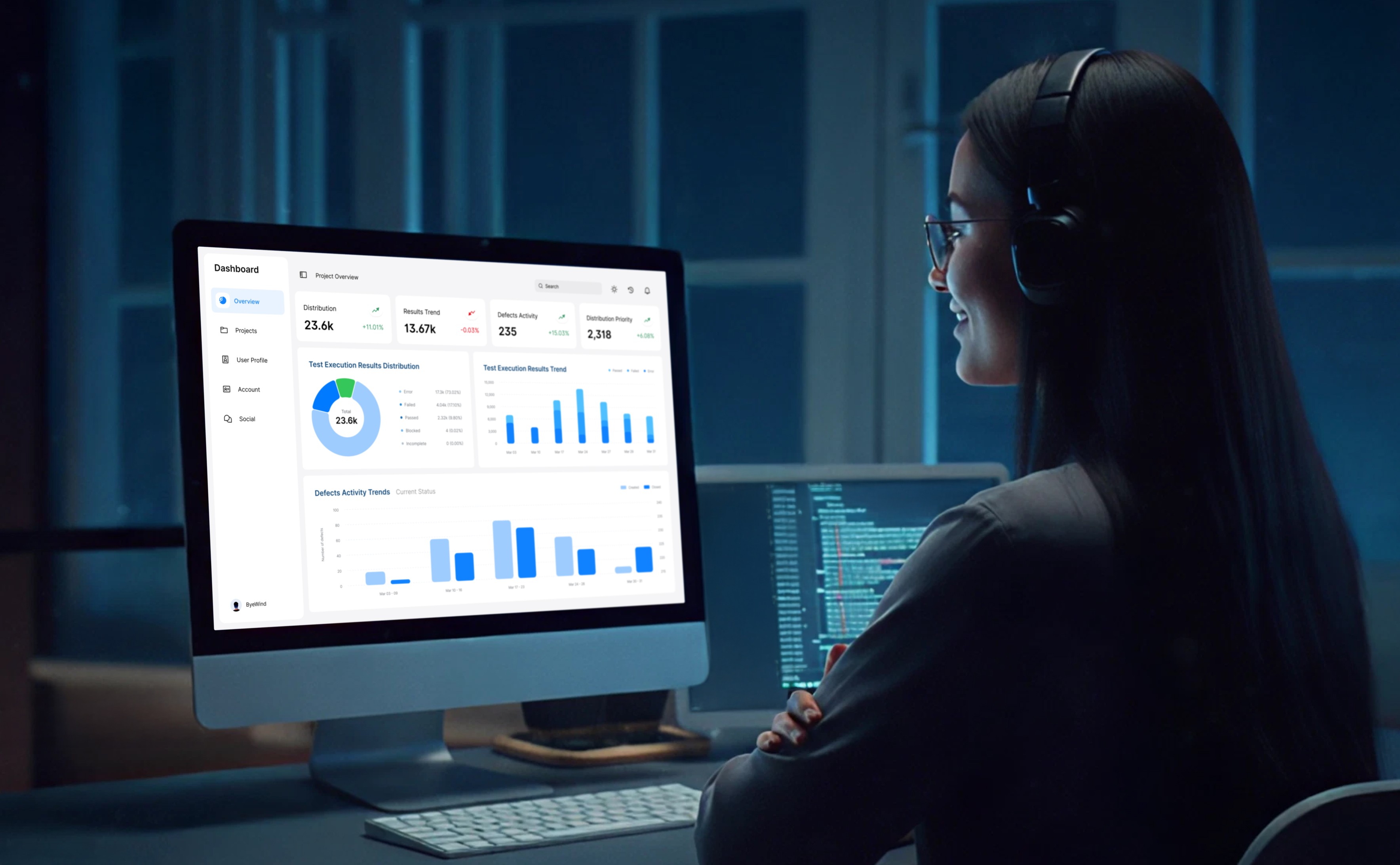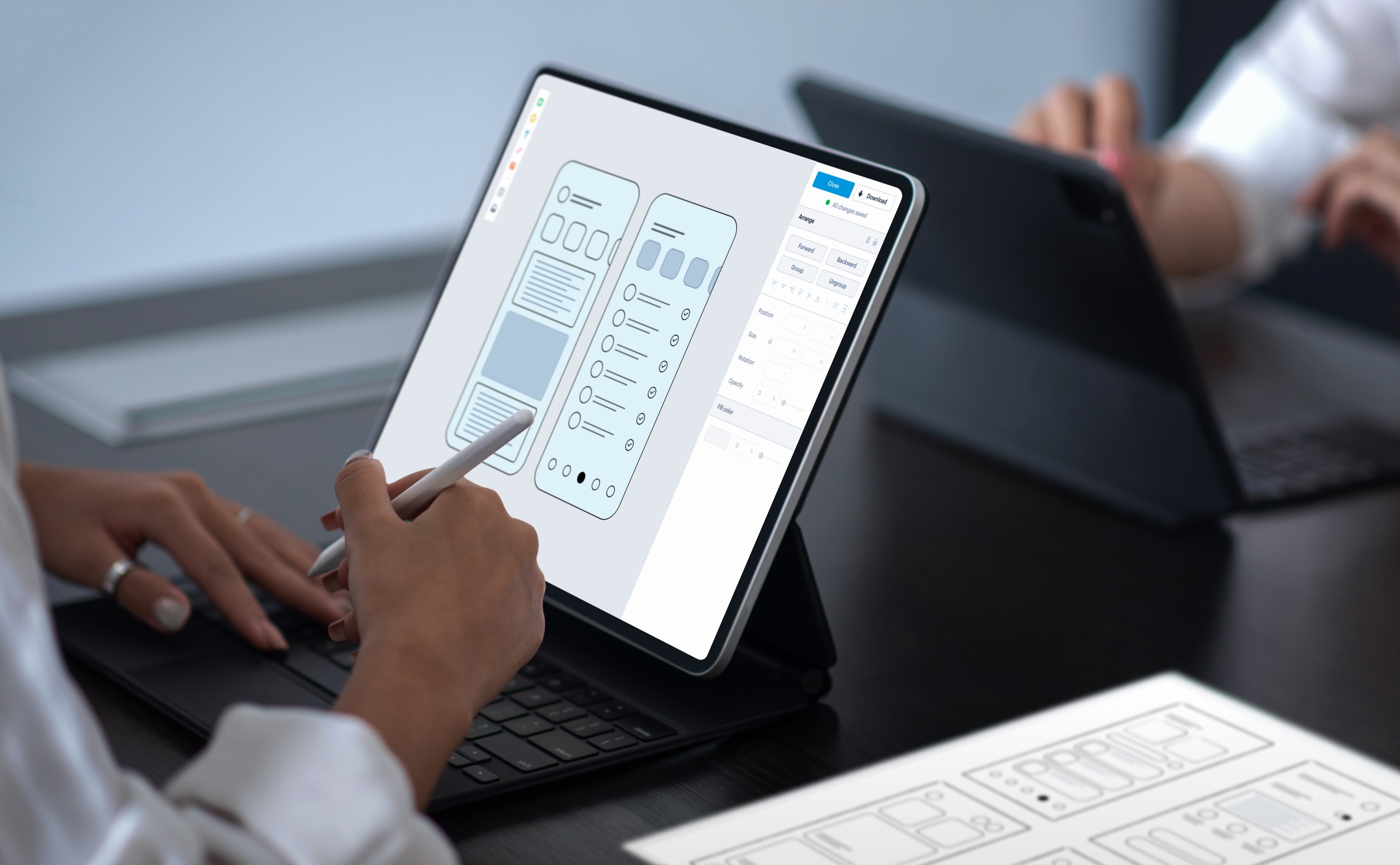Top 11 Advantages and Disadvantages of RDBMS You Should Know
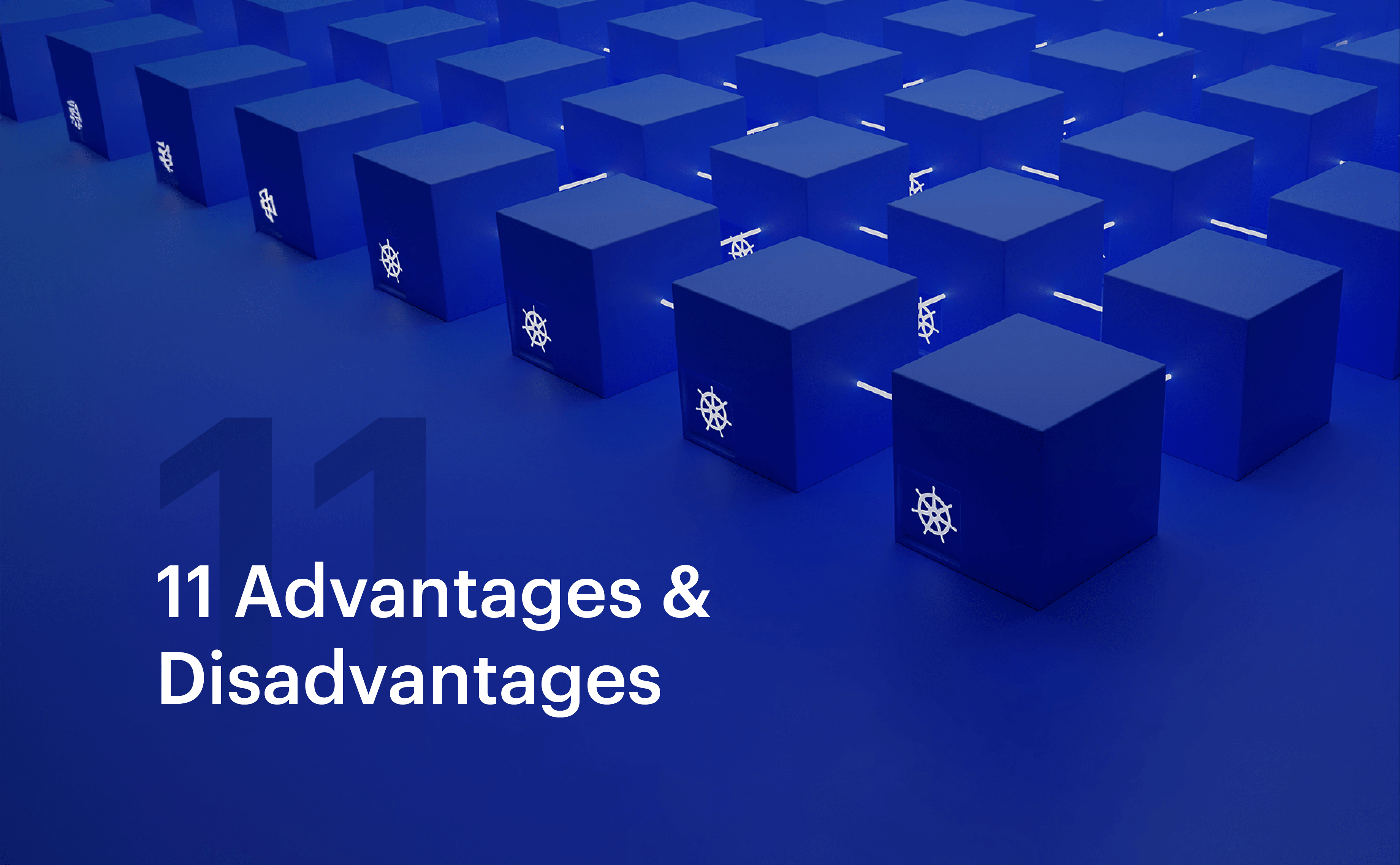
Databases are used in most software solutions to store data, and database management systems or DBMS is a method of maintaining this data in an organized manner so that it can be accessed and manipulated easily.
There are several types of DBMS, but here we will focus on RDBMS. Before we get into the advantages and disadvantages of RDBMS, let’s first see what it actually is.
ALSO READ: Advantages and Disadvantages of MongoDB
What is RDBMS?
RDBMS means Relational Database Management System. That brings us to the question, what is a relational database?
In a relational database, data is stored as a collection of meticulously organized composite layouts of rows and columns. This makes it easy to view, fetch, update, delete, or otherwise manipulate the table contents, because all data in the tables have a relationship with one another, and every table is associated with other tables with comparable properties.
Types of RDBMS / Relational Database
Most commercial RDBMS use SQL to access and operate the database; the basic structure of a relational database is that it stores data in the form of relations, or tables. They support certain pre-defined data types, and don’t support many-to-many relationships, and are the most popular types of RDBMS.
Object-Oriented Relational DBMS allows miscellaneous data types to be stored as objects, which have attributes like gender, id and so on, along with the logic for what needs to be done with the data.
ALSO READ: Advantages and Disadvantages of Python
Features, Structure, and Characteristics of RDBMS

Among the features of RDBMS, the most important to remember is that RDBMS stores data in tabular form, with each table having a unique primary key.
Each table has:
- Rows: called records or horizontal entities, and contains information about the specific entry, and
- Columns: also called fields or vertical entities, containing info about a particular field.
When a user queries on the tables, it shows results for specific queries and checks constraints before creating a table or any data in the database.
Constraints
Not Null: Used to ensure that no column has an empty cell
Unique: To ensure that all columns contain unique data
Check: Makes sure that all columnar or row entries satisfy precise conditions
Primary Key: Identifies all the table rows, and must be unique, and shouldn’t have null values; a table can only have a single primary key, and it links two tables (or more)
Foreign Key: This links two tables – makes a relation between two tables containing the primary keys.
Data Integrity: Ensures the integrity of data prior to creating it. These are the categories:
- Entity – to ascertain there is no duplicate row
- Referential – to make sure that once relinked with other tables, the rows can’t be deleted
- Domain – determines that data entry in a table is based on conditions like value range, file formats and so on
- User-defined – to establish that the table integrity fits the conditions set by the users.
User-Defined Integrity: It ensures that integrity in the table satisfies the user-defined conditions.
ALSO READ: Top Software Development Methodologies
What are the main functions of an RDBMS?
We have seen what an RDBMS is and got a basic understanding of how it works, so let’s understand its main functions:
- Managing and handling all relational databases
- Maintaining communication with the relational database engine
- Offering concurrent access to multiple users for the same database
- Establishing security protocols to set users’ access rights
- Initiating processes for regular data backup and recovery in case of problems
- Structure and rules of database are set to enhance data integrity
- Data descriptions are provided in a data dictionary
These features and functions are what make RDBMS’s hugely popular the world over.
Advantages of using RDBMS – Top Benefits

Ease of Use
This is one of the biggest advantages of a relational database; RDBMS has a user-friendly table format, with data being organized according to a natural structure. This also makes it easy to access, and manipulate, and it’s easy to locate entries that match.
Network Access
A software program in the RDBMS is designed specially to catch requests sent over a network, facilitating client-database communication. Users need not log in for accessing or using the database, affording them greater convenience.
This feature also makes it possible for developers to build web apps and desktop tools that make database interaction possible.
Language
RDBMS supports SQL, a standard and familiar language; it has a simple syntax, and uses English phrases and keywords, making it easy to learn and understand. RDBMS also has the capability to insert non-SQL database-centric keywords, features, and functions.
Performance
RDBMS is not intrinsically a fast-performing database, but with the database design, there are several optimizations embedded into it, which actually enhances performance. This eventually translates into fast performance for all data sets and apps.
Maintenance
It is easier to maintain RDBMS as the tech support team or database administrators can control, test, maintain, and perform backup for the databases they have within their main system. The functions are automated via inbuilt automation tools on the operating system in the RDBMS.
Multi-Person Access
We have already seen that multiple users can access the database at the same time. During data change or updating, users can leverage the inbuilt functionality of transaction management and locking for data access.
This way, the system is protected from crashing due to multiple users working on the data, and users are not allowed to partially modify data.
Prevents Data Redundancy
This is one of the most important RDBMS advantages. Data redundancy is prevented as tables with specific data have relations among themselves, and the necessary data is retrieved from prior tables.
Privileges and Data Security
Access to the database is controlled and subject to authentication by the database admin, who has the power to grant or reject access to users. This increases the security of the database.
An RDBMS has features for privilege control and authorization, which means that the admin can reject database access requests as we saw earlier. Permissions are granted after verifying the specific database activities the users intend to carry out. The IP address of the remote client is also considered, and in combination with user authorization, it controls the access to selected systems.
ALSO READ: Top Features and Benefits of Using React JS
Disadvantages of RDBMS – Major Drawbacks

Cost
Setting up and maintaining a database is a pretty expensive affair, and hence, is one of the biggest disadvantages of an RDBMS.
The specific software needed to create and configure a relational database costs a pretty packet. Updating all the information to get the program up and running can also be difficult, and especially so if your organization is a large one with a complex database.
In such cases, getting help externally from experienced programmers may become necessary, to build an RDBMS by implementing SQL. You will also need to have an expert RDBMS administrator for managing and controlling the database.
Lack of Speed
Compared to other types of databases, RDBMS extracts results pretty slowly, and therefore, performance is much slower. However, it is not among the biggest disadvantages of RDBMS, as its ease of use and rich functionality trump the speed factor.
Memory Space
As an RDBMS stores data in tables that have rows and columns, it occupies a great deal of physical memory. This also means additional cost to have more memory and is a significant drawback.
ASLO READ: Website Architecture Design Guide Tips
Advantages of RDBMS over DBMS

We have hopefully, gained an understanding of what a database is, and what a relational database is. But which of these is better than the other? There are certain advantages of RDBMS over DBMS, which is why it is far more popular globally. Let us see what they are:
- Storage – DBMS stores data as files, and RDBMS makes use of tables for the same
- RSBMS supports client-server architecture but DBMS does not.
- RDBMS is designed such that it can handle vast amounts of data -much more than what a DBMS can handle
- Relational databases can be accessed by multiple users at the same time, as opposed to single user access in DBMS
- RSBMS ensures data structure consistency as it implements the ACID model (atomicity, consistency, isolation, and durability), but the DBMS does not, and this can create inconsistencies.
- RDBMS offers a high degree, multi-level security. For example, at the object, command and operating system level, log file creation takes place.
- RDBMS queries allow accessing of multiple data elements with SQL queries; however, with DBMS, data elements can be accessed individually.
ASLO READ: Data Independence in DBMS
Use and Working of RDBMS
RDBMS is the most widely implemented type of database management system across industries, the world over. It is used in sectors like manufacturing, banking, HR, healthcare, education, travel, and the hospitality industry. Practical examples can be universities that need to maintain large databases of students, and airline companies for flight bookings and ticket issuance.
Examples of RDBMS
Microsoft, IBM, My SQL, PostgreSQKL, Oracle, SQLServer, Microsoft, etc. are some examples of systems that utilize RDBMS.
Why should we use Relational Databases?
The many benefits of relational databases, and the advantages it offers over DBMS, are exactly why we should use them. So let’s recap:
- RDBMS ensures safety of data through multiple security layers including authorization codes, so that there is no danger even if the program crashes.
- The database is replicated, enabling fault tolerance, and it also affords concurrent access. Ergo, when there is sudden power failure or the system shuts down without warning, the replication saves the day.
- With data being stored in a tabular form in rows and columns, accessing, retrieving and manipulating the data becomes easy.
- It can easily scale to handle huge data quantities; indexes help in sorting data and speeding up performance.
- It enables creation of virtual tables for storing sensitive data
- RDBMS allows multiple users to access the data at the same time.
- It is user friendly.
Webandcrafts is one of the leading website development company in Kerala, India. Our services include eCommerce development, web design, mobile application development, digital marketing, etc. We are committed to providing the best services to our customers meeting industrial and business standards. If you have any queries on eCommerce development, contact us right away.
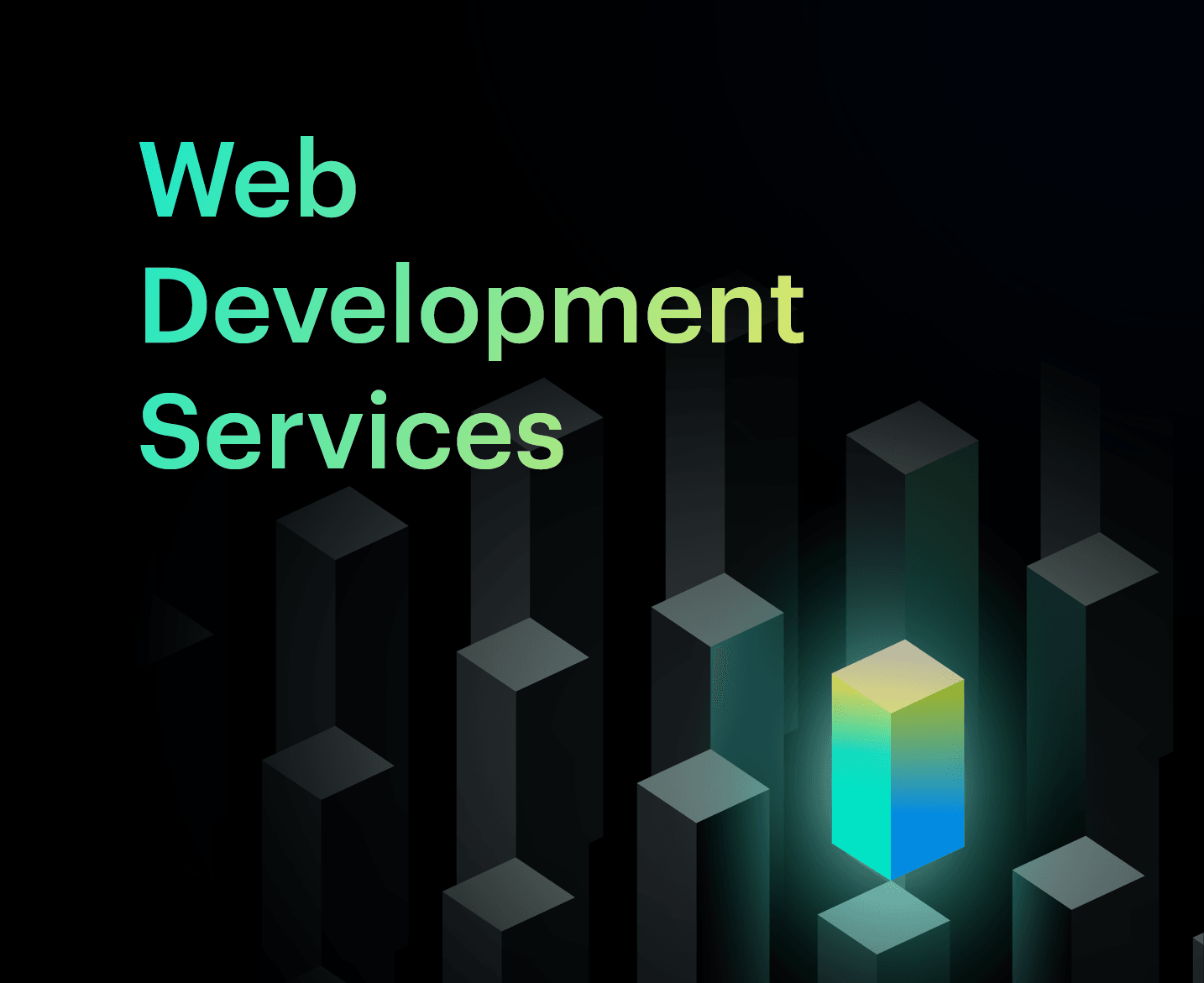
Robust Web Development Services
Creating solid digital presence and enhancing brand value through web-based products
Discover Digital Transformation
Please feel free to share your thoughts and we can discuss it over a cup of tea.
